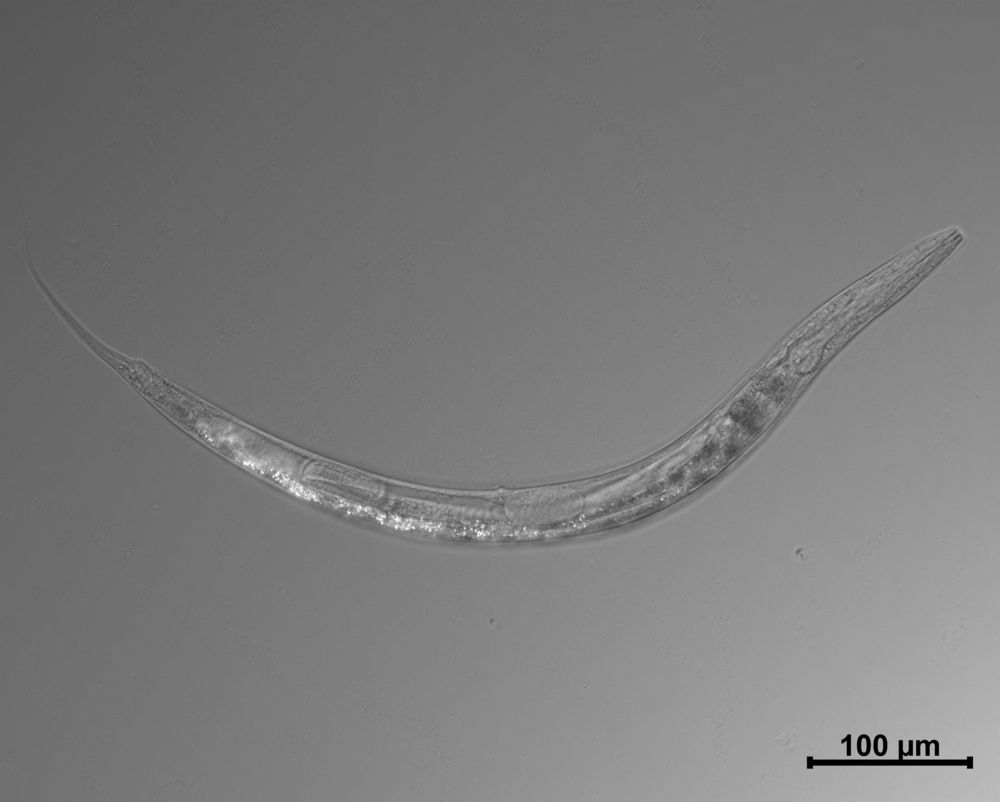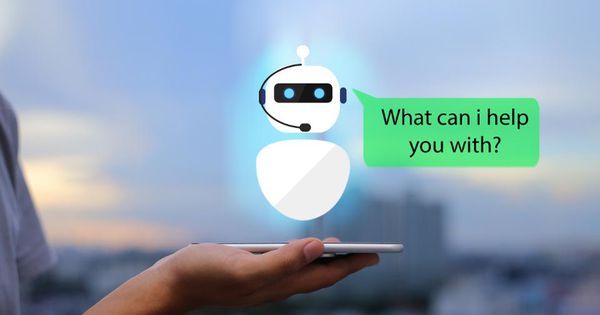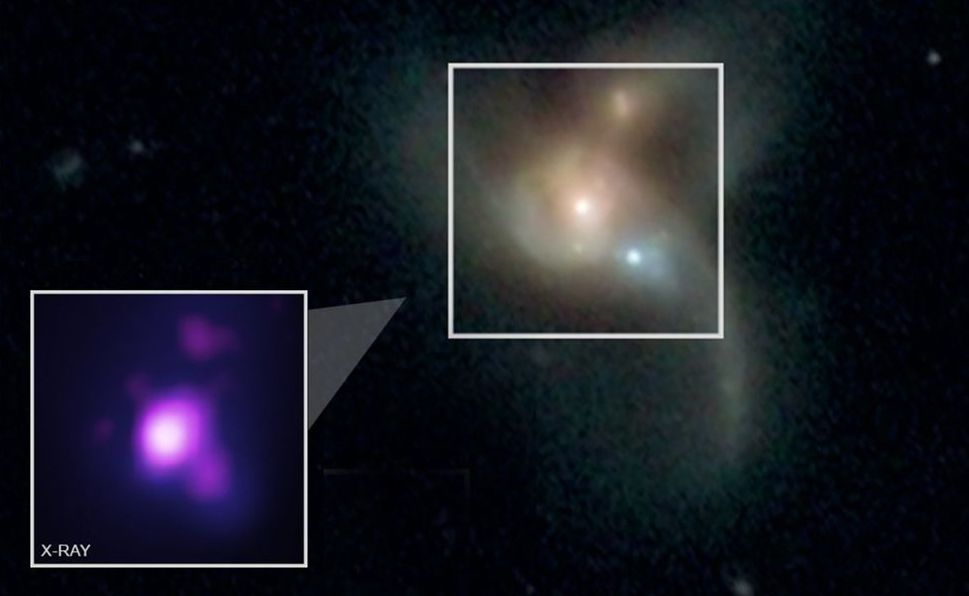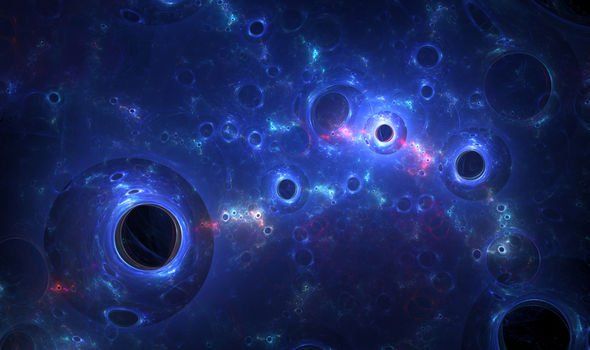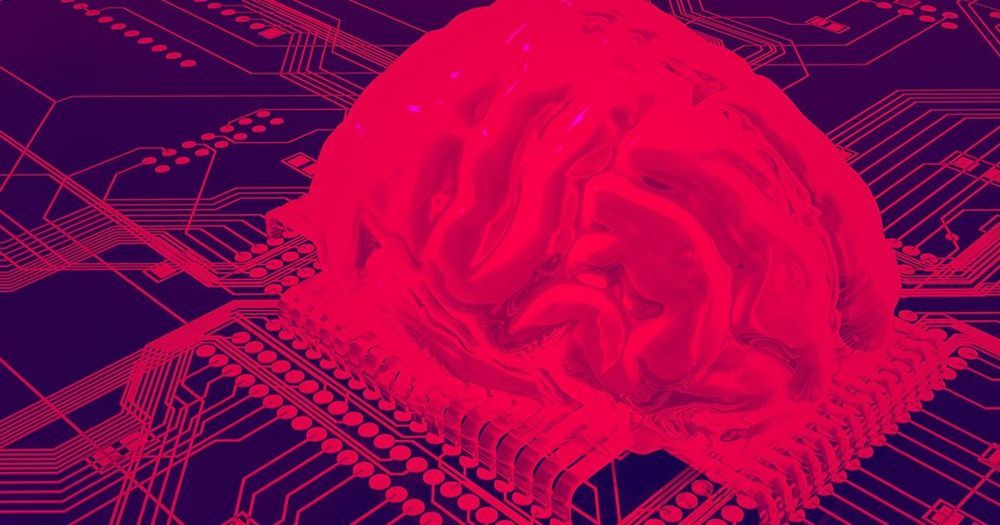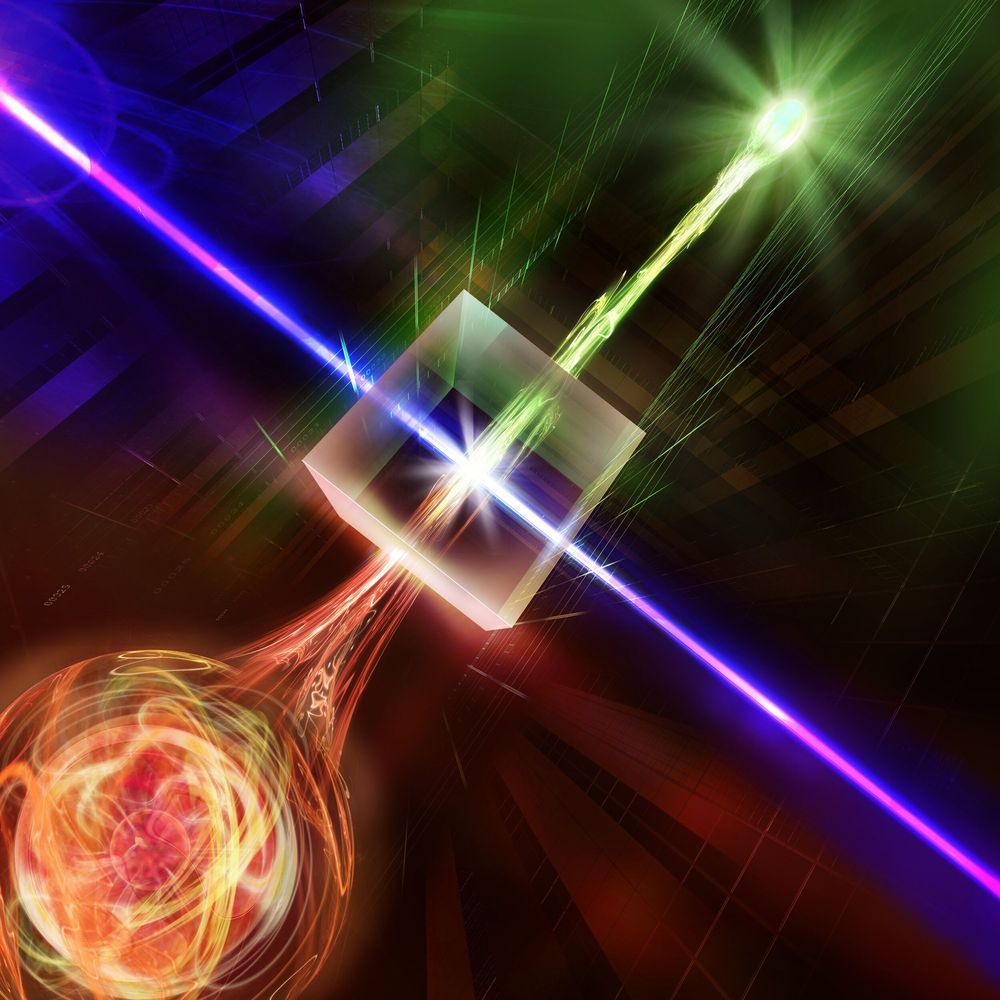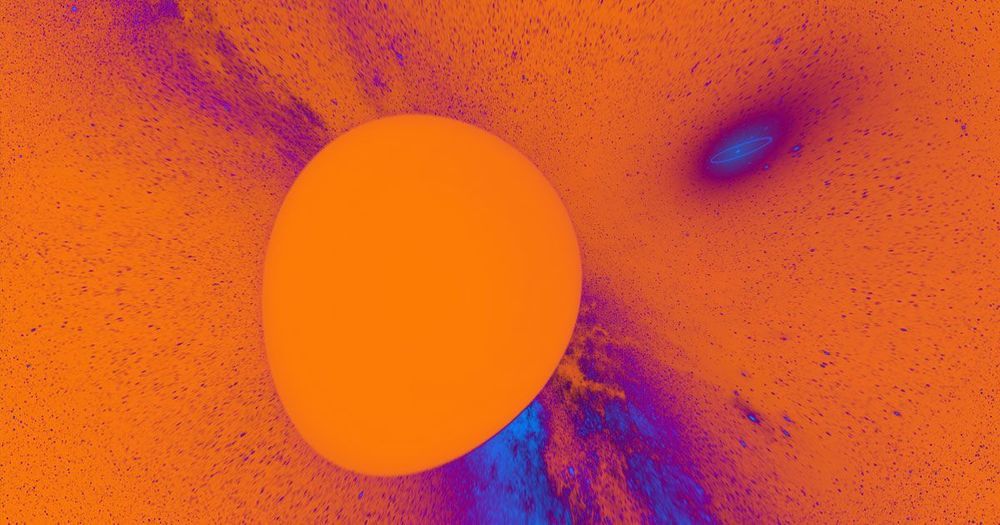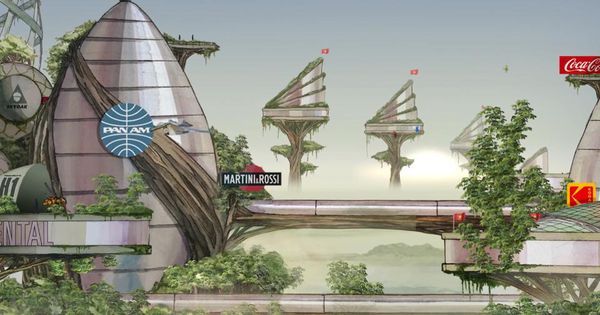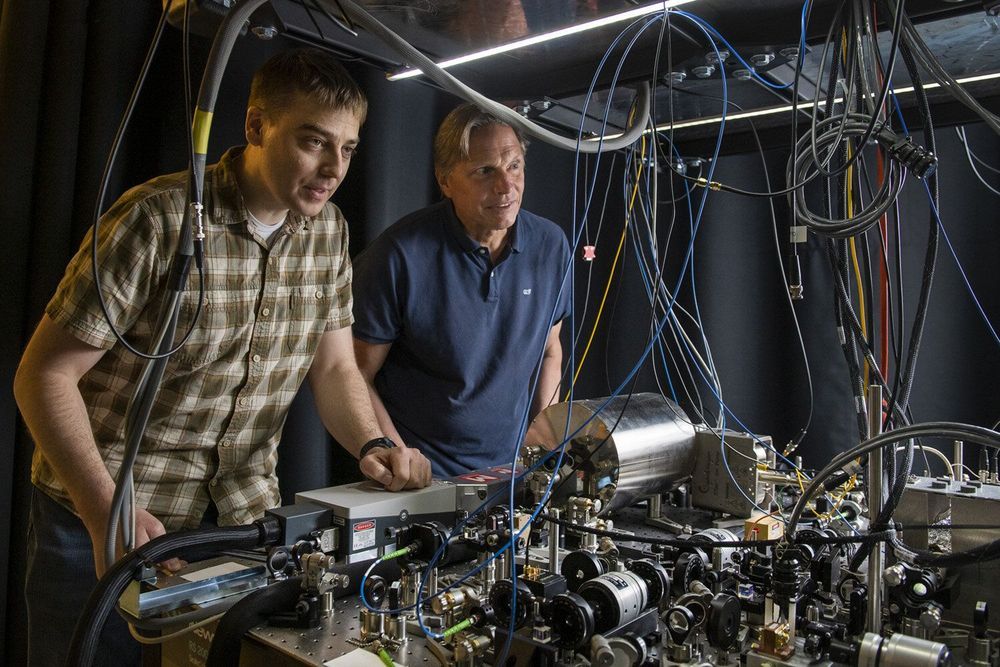Sep 26, 2019
Otherworldly worms with three sexes discovered in Mono Lake
Posted by Genevieve Klien in category: biological
Caltech scientists have discovered a new species of worm thriving in the extreme environment of Mono Lake. This new species, temporarily dubbed Auanema sp., has three different sexes, can survive 500 times the lethal human dose of arsenic, and carries its young inside its body like a kangaroo.
Mono Lake, located in the Eastern Sierras of California, is three times as salty as the ocean and has an alkaline pH of 10. Before this study, only two other species (other than bacteria and algae) were known to live in the lake—brine shrimp and diving flies. In this new work, the team discovered eight more species, all belonging to a class of microscopic worms called nematodes, thriving in and around Mono Lake.
The work was done primarily in the laboratory of Paul Sternberg, Bren Professor of Biology. A paper describing the research appears online on September 26 in the journal Current Biology.
